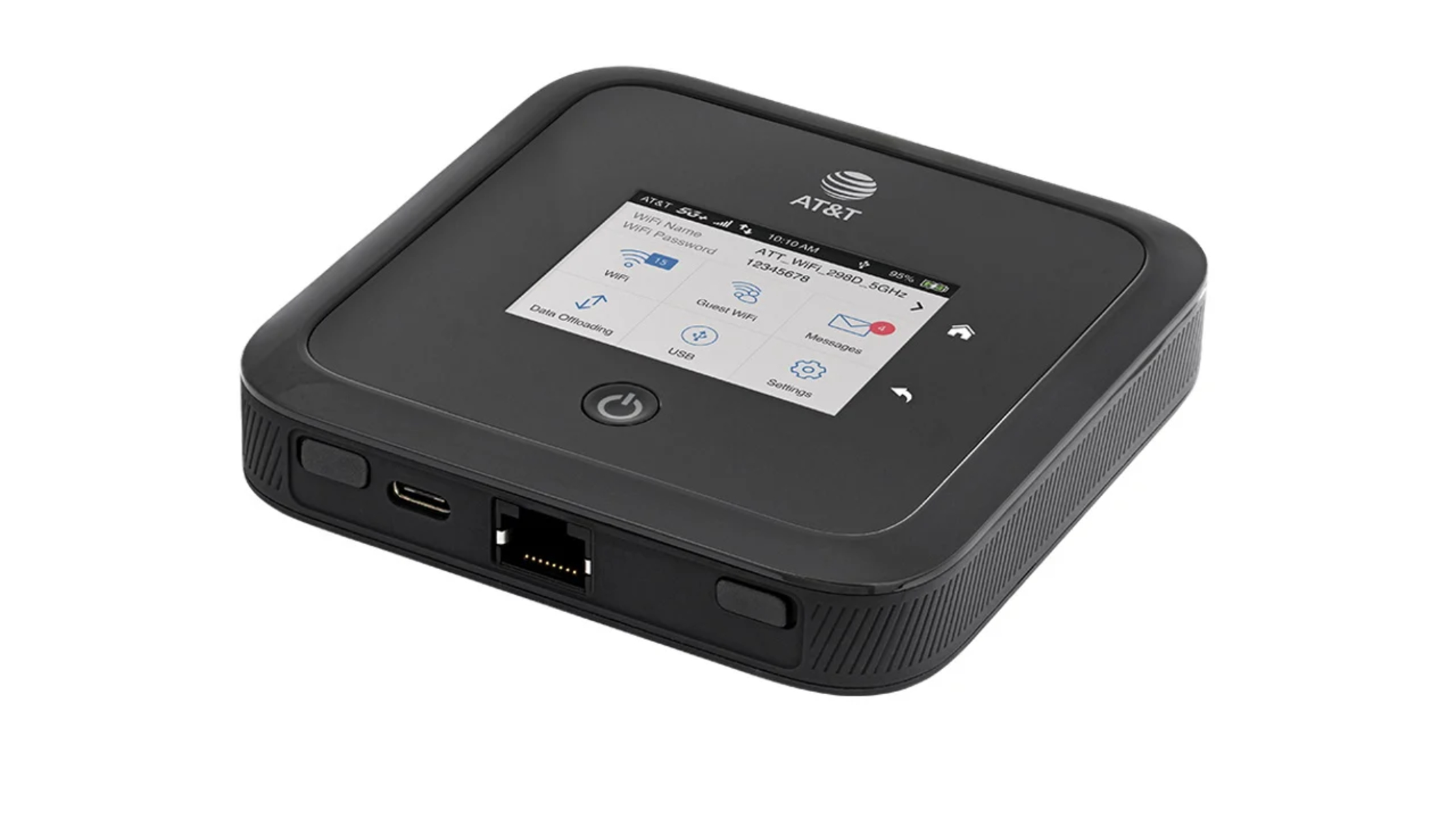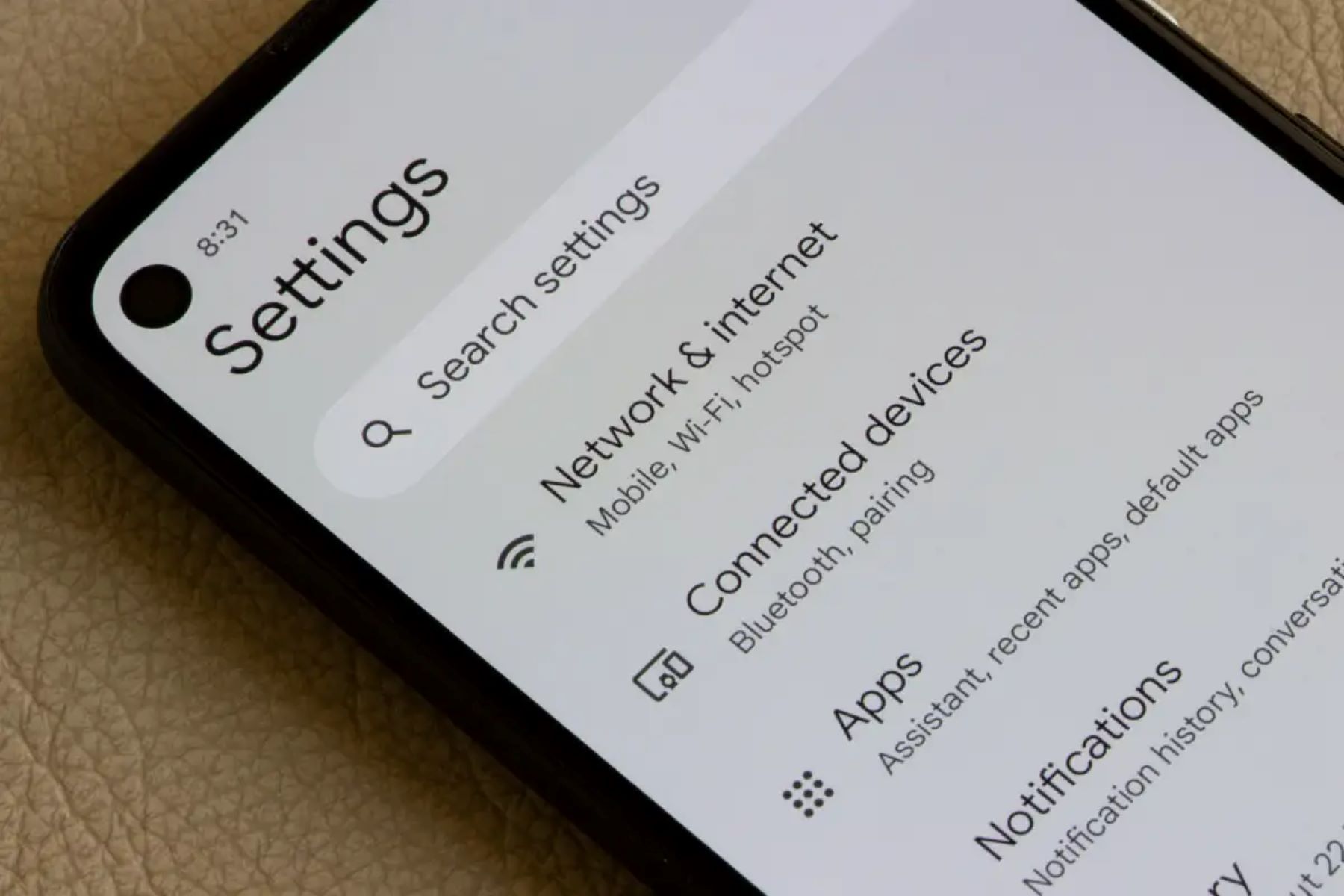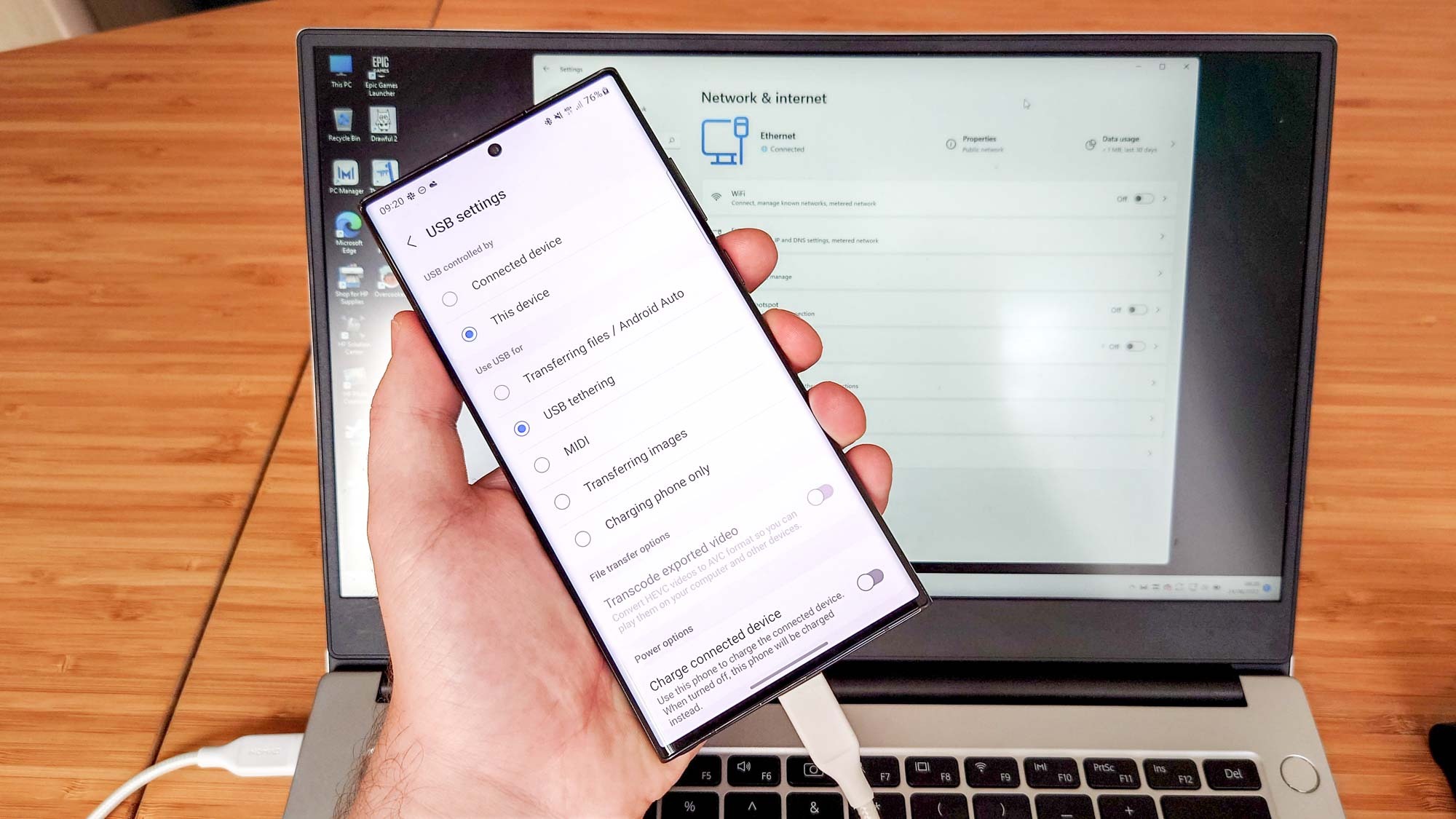Introduction
In today's interconnected world, the ability to stay connected while on the go is a necessity for many individuals and businesses. The advancements in technology have made it possible to access the internet from various devices, and two common methods for achieving this are through hotspot and tethering. Understanding the differences between these two options is crucial for making informed decisions about how to stay connected in different situations.
Hotspot and tethering both provide ways to share an internet connection, but they do so in distinct ways. While hotspot creates a Wi-Fi network that enables multiple devices to connect and access the internet simultaneously, tethering involves using a physical connection, such as a USB cable, to share the internet connection from one device to another.
In this article, we will delve into the intricacies of hotspot and tethering, exploring how they work, their key differences, and the advantages they offer. By the end of this article, you will have a comprehensive understanding of these two methods, empowering you to choose the most suitable option for your specific connectivity needs.
Understanding Hotspot
A hotspot refers to a physical location where people can access the internet using Wi-Fi technology. It can also pertain to the technology itself, which allows devices to connect to the internet wirelessly. When a device, such as a smartphone or a router, creates a hotspot, it essentially acts as a wireless access point for other devices to connect to. The device creating the hotspot serves as a bridge between the connected devices and the internet, enabling seamless internet access for all connected devices.
Hotspots are commonly found in public places such as cafes, airports, and libraries, where individuals can connect their devices to the internet. Additionally, many smartphones and routers have the capability to create a personal hotspot, allowing users to share their mobile data connection with other devices like laptops or tablets.
One of the key advantages of using a hotspot is its convenience. It enables multiple devices to connect to the internet simultaneously without the need for physical cables, providing flexibility and mobility. This is particularly useful in situations where traditional wired connections are not feasible or practical.
Furthermore, hotspots can be secured with a password to ensure that only authorized users can access the internet connection. This security feature is essential for protecting sensitive data and preventing unauthorized usage of the hotspot.
In essence, a hotspot serves as a gateway to the internet, allowing devices within its range to access online resources and services. Whether in a public setting or created using a personal device, hotspots have become an integral part of modern connectivity, offering a convenient and efficient means of accessing the internet wirelessly.
Understanding Tethering
Tethering involves using a physical connection, such as a USB cable, Bluetooth, or Wi-Fi, to share the internet connection from one device to another. This method allows a device, such as a smartphone or a tablet, to serve as a modem or router, providing internet access to another device, typically a laptop or a desktop computer.
When tethering is activated, the host device establishes a direct connection with the client device, enabling the client to utilize the internet connection provided by the host. This connection can be established through various means, including USB tethering, where the host and client devices are physically connected using a USB cable, or through wireless tethering, which utilizes Bluetooth or Wi-Fi to create a connection between the devices.
One of the key advantages of tethering is its versatility. It allows devices without built-in cellular connectivity, such as Wi-Fi-only tablets or laptops, to access the internet by leveraging the data connection of a tethering-enabled device, such as a smartphone. This capability is particularly valuable in situations where a reliable Wi-Fi network is unavailable, enabling users to maintain connectivity using cellular data.
Tethering also offers greater control over the internet connection, as the host device can regulate the sharing of its internet connection with the client device. This control extends to managing data usage, ensuring that the client device does not exceed predetermined data limits, which can be crucial for individuals and businesses managing data usage costs.
Furthermore, tethering provides a secure and direct connection between the host and client devices, as it does not rely on external networks or public Wi-Fi hotspots. This inherent security can be advantageous in scenarios where sensitive data needs to be transmitted over the internet, as it reduces the exposure to potential security risks associated with public networks.
In essence, tethering serves as a practical solution for sharing internet connectivity between devices, offering flexibility, control, and security. Whether through a physical USB connection or wireless transmission, tethering provides a reliable means of accessing the internet, making it a valuable resource for individuals and businesses seeking seamless connectivity across their devices.
Key Differences between Hotspot and Tethering
The key differences between hotspot and tethering lie in their methods of sharing internet connectivity and the devices involved. Understanding these distinctions is crucial for determining the most suitable option for specific connectivity needs.
-
Connection Method:
- Hotspot: Hotspot creates a wireless Wi-Fi network that allows multiple devices to connect and access the internet simultaneously. It serves as a virtual access point, enabling seamless wireless connectivity for connected devices.
- Tethering: Tethering involves using a physical connection, such as a USB cable, Bluetooth, or Wi-Fi, to share the internet connection from one device to another. This method establishes a direct link between the host and client devices, facilitating internet access for the client device.
-
Device Functionality:
- Hotspot: Devices that create a hotspot, such as smartphones and routers, act as wireless access points, bridging the connected devices to the internet. The hotspot device essentially functions as a gateway for other devices to access the internet wirelessly.
- Tethering: In tethering, the host device, such as a smartphone or tablet, serves as a modem or router, providing internet access to another device, typically a laptop or desktop computer. The host device directly shares its internet connection with the client device.
-
Mobility and Flexibility:
- Hotspot: Hotspot offers mobility and flexibility, as it enables devices to connect to the internet without the constraints of physical cables. This is particularly advantageous in situations where traditional wired connections are impractical or unavailable.
- Tethering: Tethering provides flexibility by allowing devices without built-in cellular connectivity, such as Wi-Fi-only tablets or laptops, to access the internet using the data connection of a tethering-enabled device, such as a smartphone. It is a versatile solution for maintaining connectivity in various scenarios.
-
Security and Control:
- Hotspot: Hotspots can be secured with a password, ensuring that only authorized users can access the internet connection. This security feature is essential for protecting sensitive data and preventing unauthorized usage of the hotspot.
- Tethering: Tethering offers greater control over the internet connection, allowing the host device to regulate the sharing of its internet connection with the client device. This control extends to managing data usage and ensuring secure, direct connectivity between the host and client devices.
In essence, while both hotspot and tethering facilitate internet sharing, they differ in their connection methods, device functionality, mobility, flexibility, security, and control. Understanding these differences empowers individuals and businesses to make informed decisions about how to establish and utilize internet connectivity across their devices.
Conclusion
In conclusion, hotspot and tethering represent two distinct approaches to sharing internet connectivity, each offering unique advantages and functionalities. Hotspot, characterized by its creation of a wireless Wi-Fi network, provides seamless connectivity for multiple devices without the constraints of physical cables. It serves as a convenient and flexible solution, particularly in public settings or when traditional wired connections are impractical. The ability to secure hotspots with passwords enhances data protection and access control, making them a valuable resource for individuals and businesses seeking wireless internet access.
On the other hand, tethering, which involves sharing internet connectivity through physical connections or wireless transmission, offers versatility and control. It enables devices without built-in cellular connectivity to access the internet using the data connection of a tethering-enabled device, such as a smartphone. Tethering provides a secure and direct connection between the host and client devices, reducing exposure to potential security risks associated with public networks. Additionally, the host device can regulate the sharing of its internet connection, allowing for efficient data usage management and secure connectivity.
Understanding the differences between hotspot and tethering is crucial for determining the most suitable option based on specific connectivity needs. Whether seeking wireless flexibility or secure direct connectivity, individuals and businesses can leverage the strengths of hotspot and tethering to ensure seamless internet access across their devices.
As technology continues to evolve, the capabilities of hotspot and tethering are expected to advance, offering enhanced features and improved user experiences. With a comprehensive understanding of these connectivity methods, individuals and businesses can adapt to the evolving landscape of internet access, staying connected in diverse environments with confidence and efficiency.
In essence, the choice between hotspot and tethering depends on factors such as mobility, security, and device compatibility. By weighing these considerations, users can harness the full potential of hotspot and tethering, optimizing their connectivity experiences and embracing the interconnected world with ease and reliability.

























